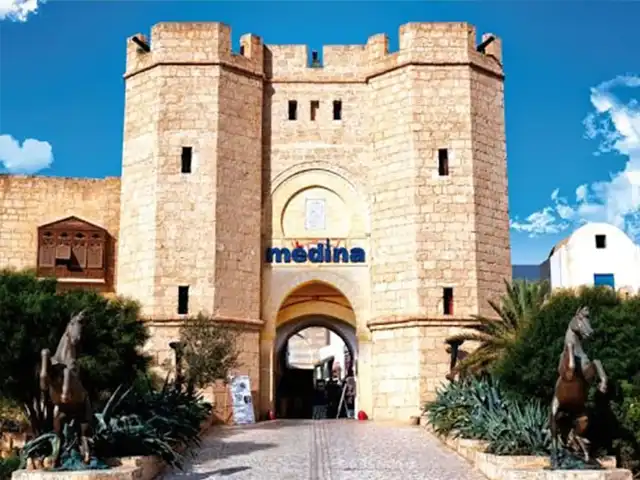Hammamet City
The city of Hammamet is a Tunisian city located in the northeast, on the southeast coast of Cap Bon, about sixty kilometers south of Tunis. It’s attached to the governorate of Nabeul. it is a municipality with 73,236 inhabitants in 2014, and covers an area of 3,600 hectares.
Hammamet is one of the most important holiday resorts in Tunisia. It’s also one of the most beautiful tourist towns in the country with its long sandy beaches and the beauty of its sea with turquoise reflections. Hammamet is a real pole of attraction for both Tunisians and foreign tourists.
Considered as a corner that spreads its fragrance of jasmine flowers (flower symbolizing Tunisia) and orange trees. Former fishing and farming village that has become modern thanks to its high standard tourist infrastructure, its hotels, its bars, its renowned restaurants, its economic and sporting activities, its very lively nightlife and above all its beautiful beaches with fine golden sand. and its thalassotherapy centres. It is now the tourist destination par excellence.
History
Since Punic times, the region was already one of the most fertile parts of the Carthaginian agricultural domain. With the Roman domination appears an urban agglomeration nicknamed Pupput. Under the Romans, it underwent remarkable development: from a simple “vicus”, it rose to the rank of honorary colony (Colonia Aurelia Commoda) under the reign of Emperor Commodus between 185 and 192.
City of Byzacène, the city is at the crossroads of two roads: one connecting the eastern coast to the cereal plain of Thuburbo Majus and the other from Carthage, the capital of the province, and runs along the coast to Libya (formerly known as Leptis Magna). From then on, the city enjoyed municipal institutions and adorned itself with the characteristic monuments of the Roman city.
In the 13th century the Arabs built a fort and a small town called Hammamet (which means “Baths” or “Doves” depending on the pronunciation). The fort was then replaced in the 15th century by the Casbah and the Medina. And then during the 16th century, the Spaniards fortified it before falling back into the hands of the Turks. The city remains on the whole far from invasions and battles. And with the construction of a railway line during the French protectorate, it really took off and became an important seaside resort, thanks to its large beaches with fine sand and its mild climate.
It was by building a majestic residence during the 1920s that Romanian billionaire Georges Sébastien made it known to the rest of the world. This residence was indeed the meeting place of several foreign artists and writers such as Georges Bernanos, Paul Klee, André Gide and many other personalities from the art world. Currently the residence has been transformed into a Cultural Center bearing the name of its founder “Dar Sébastien” in which the International Festival of Hammamet and other cultural activities are organized annually.
The city of Hammamet in pictures
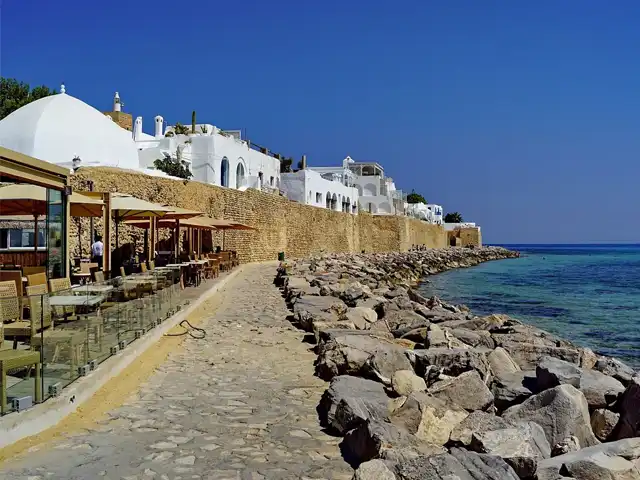
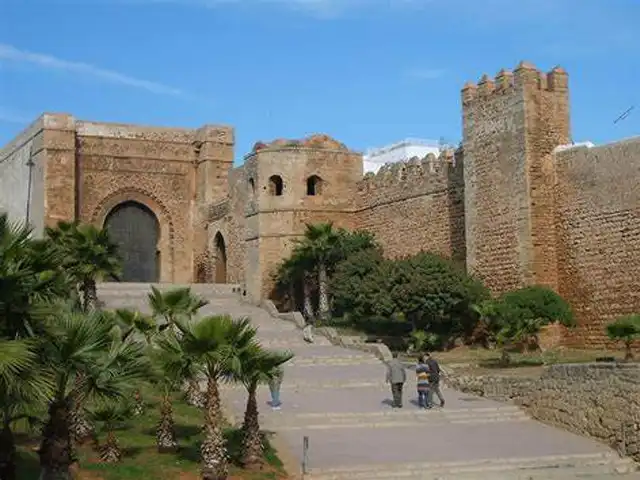
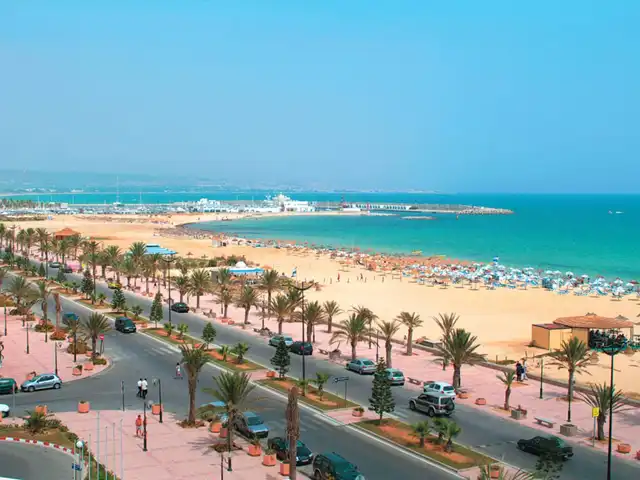
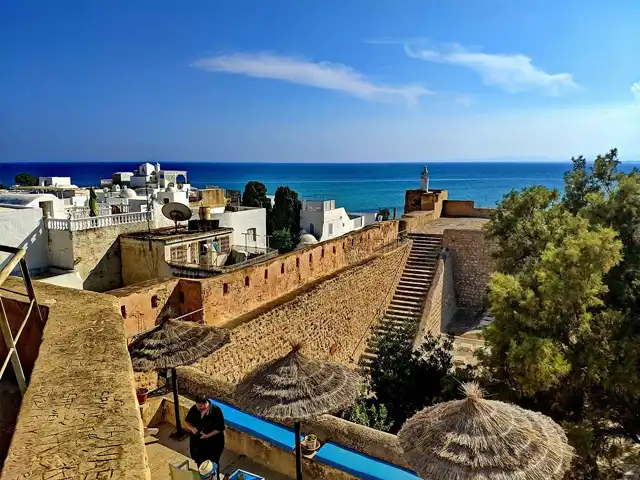
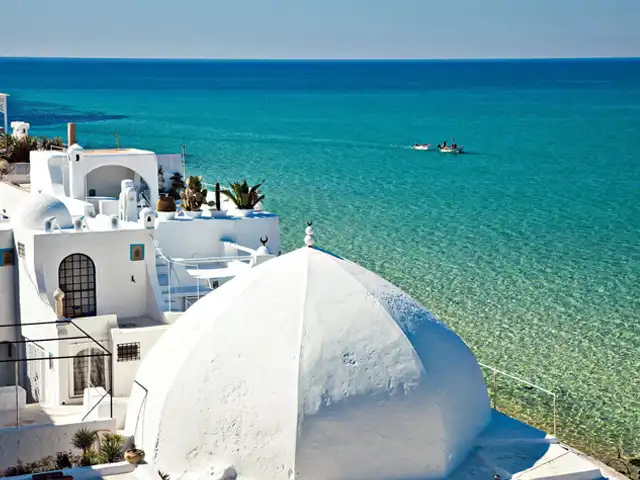

The city of Hammamet in video
Top visits at Hammamet
Hammamet is the place where you really won’t get bored! Between its different beaches, its different villages and its museums, we have enough to fill weeks. Discover with us the essentials of Hammamet.
